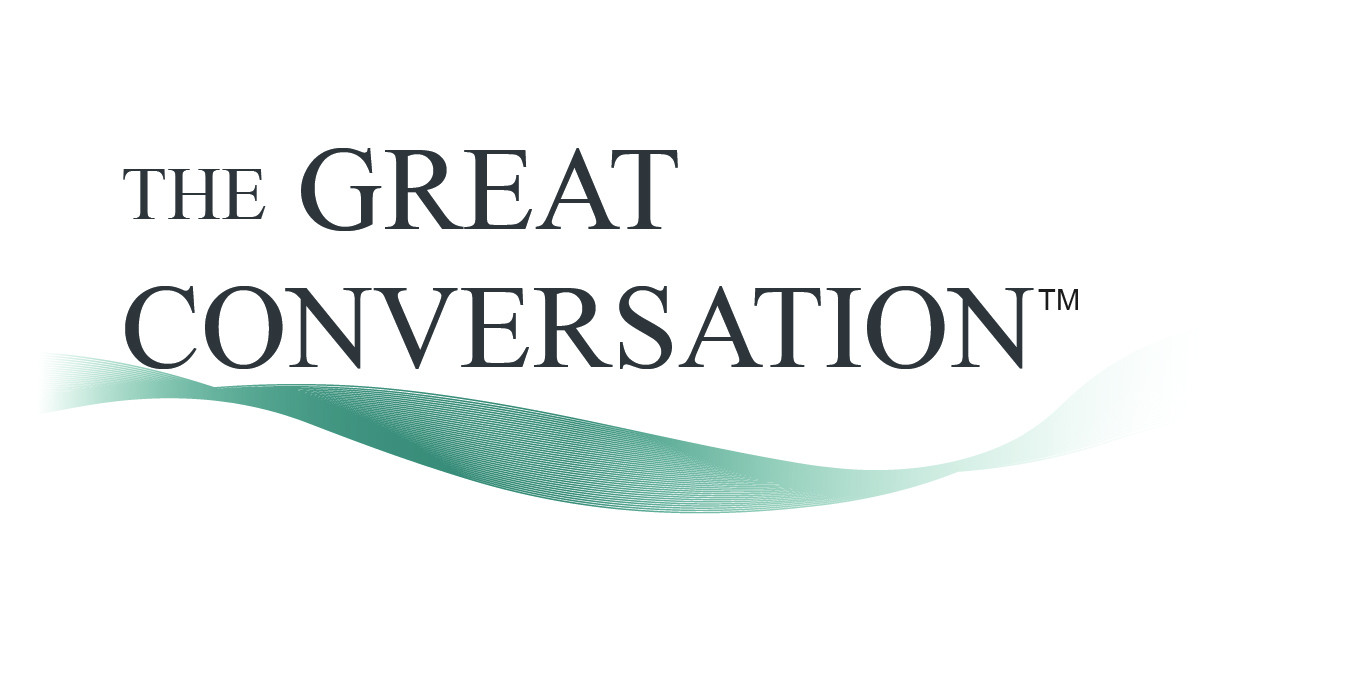Where did my tires go? And who stole them? These were the questions going through management’s head back in 2015, when a tire distribution company lost almost $2 million in inventory. During one incident alone, a former employee, who still had the burglar alarm code and was given a copy of the entrance key, walked into the building and stole $30,000 worth of tires in just seconds. How did he do that? Easy. The tire distribution company used a simple, yet not very secure method for safeguarding the hundreds of locations they have; lock and key. Worse, they had no management controls as to who had keys to which facilities at any given time. The challenge with lock and key was exasperated by the high turnover rate and the lack of standards.
Given the significant losses, the company hired a Security Manager to focus on securing its buildings and reducing theft.
The Solution
After renewing a variety of different access control systems, the Security Manager chose a cloud-based access control system, Brivo, due to its ease of use and reasonable cost. The solution, Brivo Onair® allows him to access and manage his security system from anywhere, at any time, on any device, all through a single interface. He can now:
Issue and manage credentials via one interface
Unlock doors remotely
Create customized security reports
Schedule access
Create access groups
The tire distribution company rolled out Brivo Onair, with mobile credentials, to all 68 of its distribution centers. The company plans to triple its distribution locations over the next 5 years, so scalability also played an important factor in their choice.
While the Security Manager manages the overall system, individual location managers also have access to the system. He conducts a training for his staff to ensure the technology is being used correctly, including on-boarding of all new employees.
The Results
Without Brivo Onair, the tire distribution company would have no controls or central management of their multi-site physical security. The direct feedback from the security executive:
“If you can control access points to the building, you can manage it. If you can manage it centrally, you have more control, and that was the point of the cloud-based access control system. I have control, visibility, and a log-to-do event reporting. If I want to see who came into the facility at a certain time, I can look at reporting features. It’s a good way to double check things.”
Another benefit that was confirmed was the ability to create groups and special schedules, such as an “openers” group for those employees who are first to enter the facilities. Center managers can run event reports to ensure whereabouts of employees. This helps build trust and accountability within the organization.
The most meaningful result after the implementation of the cloud-based security platform is the decrease in continued losses. Due to the controls and flexibility available, the Security Manager and his team were able to significantly reduce theft by $1.8M in a single year.
Added Bonus
The tire distribution company now has the capability to integrate with their HR, alarm, and video surveillance systems. This integration will allow the team to manage all 4 of these systems from a single interface, giving the Security Manager even more control over each building’s security, while eliminating any cyber security concerns since the system incorporates strict security measures.
“Once we implemented Brivo, we’ve been able to cut our losses which is huge. I love the ease of operation, the setup is nice, and there’s a lot of integration possibilities which provides a really flexible platform.”
About the Company
Due to the high-profile nature of the tire distribution center, the name of the company has been protected. The company’s Security Manager manages the security of 68 distribution centers across the country from New England to Hawaii and Alaska. Protecting the products and preventing losses within the company’s facilities is of highest priority.
About Brivo
Brivo is a SaaS company offering physical access control, video surveillance, and mobile credentials for commercial buildings. Currently serving over ten million users, Brivo provides a scalable and centralized security management system to its customers. Brivo is unique in offering both access control and video management in a single cloud-based platform that is available via web browser or mobile applications for anywhere, anytime management and control. Headquartered in Bethesda, MD, Brivo was founded in 1999. Brivo Onair is a modern unified security platform that combines physical access control and video monitoring. The Brivo Onair solution is built for today’s connected business people. From unlocking doors, to recording surveillance video, to giving access permissions to new employees and contractors, Brivo offers a secure physical access control solution through the cloud. For more information about Brivo, please visit: www.brivo.com. You will be able to join them in a great conversation on March 5-6, 2018.

